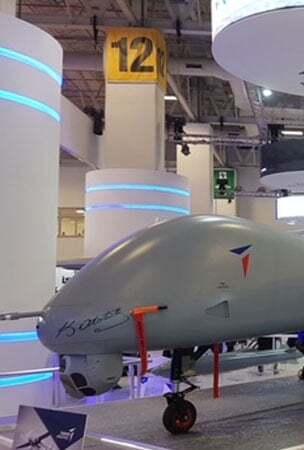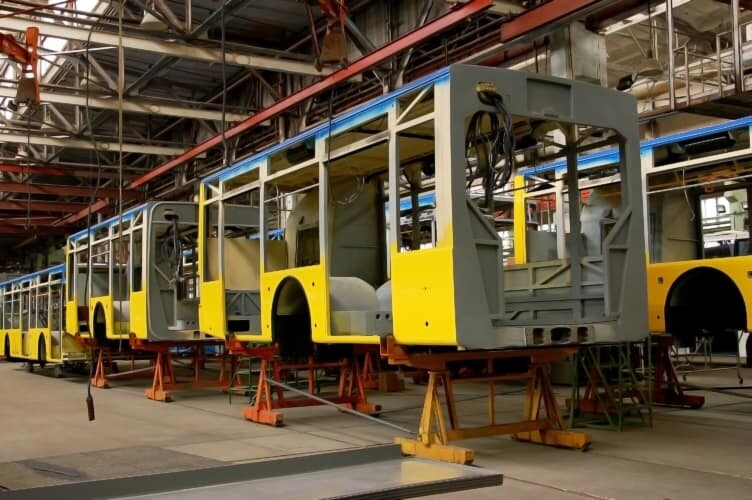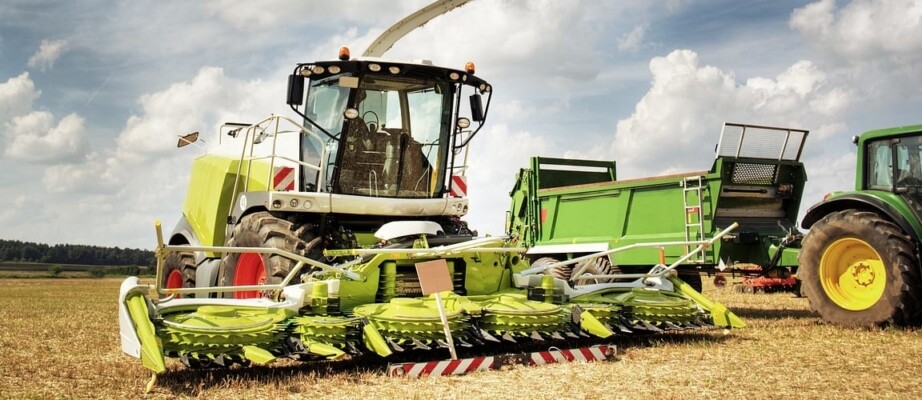Aircraft Sealant Application Solutions

As a service, we offer free adhesives & sealants advice. We know it can be hard to find the best solution for your project. Please leave your details and we will get in touch within 1 day.

Aircraft sealant solutions
Aviation sealants must maximise convenience, durability, comfort and safety. Failing to prioritise these can negatively affect the life of a plane—not to mention the lives of the people onboard! Characteristics to look for the best aeronautic sealant products for your aircraft needs are versatility, sustainability, ease-of-use, quality of flying experience, and industry compliance.
Characteristics to look for in aircraft sealant products
Versatility
A plane has countless components. Thus, there are countless needs for technical reinforcements. For example, curing times matter--a sealant can have a faster curing time. This increases convenience, but effectiveness might be compromised. Meanwhile, longer curing times are necessary when gluing larger parts of a plane, such as a wing. Also, an airplane’s various substrates should bond across multiple types of material, and in various application areas. Examples include inserts and brackets, cut-and-fold, or panel assembly. Because aircrafts go through extremes in temperature, the bonding must retain strength across the spectrum.
Sustainability
A primary value of aircraft sealant is localized structural reinforcement. Thus, durability is paramount for success in aeronautics. If the parts of a plane fail to fit and stick together, or if components suffer from high vibration, the safety and utility of the aircraft are called into question. It is for this reason that airplane glue is a major factor in mitigating plane vibration, as well as reducing overall system costs. If the sealant is flexible and strong, vibration is minimized, maintenance requirements of the aircraft itself decrease, and product longevity increases.
Ease-of-use

Is the aircraft sealant easy to apply? Does it make panels easy to assemble? Does the product have a long shelf-life, and can the sealant cure with a relatively smooth finish, requiring little-to-no sanding or machining? Can one airplane sealant handle multiple jobs? These are all important questions to ask when choosing the best aerospace adhesive.
Quality of flying experience
As crucial as it is to keep costs low and effectiveness of construction high, the safety and comfort of the cabin environment is equally important. Aircraft inner acoustics can have an uncomfortable or even distracting, unsafe effect on passengers, crewmembers, or pilots. It is not just the life of the plane that is at stake but the people in it, and, by extension, the willingness to purchase a flight in the first place. Does the aerospace sealant you use fit these aims?
Industry compliance
Flame-smoke-toxicity (FST) regulations are only the beginning. All of the above factors for using the best aerospace sealant products are underscored by the need to be industry compliant across several metrics. Are FAA and EASA flammability regulations met or exceeded? What about EU REACH compliance, or Airbus regulatory codes? Does a sealant contain carcinogenic, mutagenic, or reproduction toxic substances (aka CMRs)? Smoke density and toxicity levels must be kept as low as possible, but also sealants must mitigate any risk of vertical burn.
Aviation sealant: key types and traits
Different sealants offer different benefits. Several types of aviation sealants offer a range of solutions, namely, bonding, foaming and panel reinforcement sealants.
Bonding Sealants
Sandwich structure panels in aerospace applications have been central to aeronautic efficiency since the 1930s. Today, original equipment manufacturer (OEM) products must consider efficiency at all times. The combination of lightweight materials can carry heavy loads without losing structural integrity, while retaining impact resistance. By definition, engineered bonding sealant solutions work across multiple materials, adhering to various substrates common to the aerospace industry, such as metal, composites, and thermoplastics. By extension, the best bonding sealants have high mechanical qualities and are able to withstand the full range of temperatures to which an aircraft is subjected.
Foaming Sealants
Foam pressure-sensitive adhesives offer versatility in terms of honeycomb-core finishing operations for aircraft, be it closing out or reinforcing localized edges and splicing cores. Moreover, because foaming adhesive can be formulated in many different ways, they can be compatible with many different processing methods, be it oven, press, or autoclave. And, foaming adhesive can be made available both in the form of sheets of varying thickness, as well as extruded beads in round or square shape. The result is a wide range of expansion rates, from a fraction larger than the original state, to multiple times the size, and the compatibility to fit within various geometric parameters and pre-impregnated fiber-polymer materials, such as aircraft epoxy or phenolic resin. They cure with a smooth finish, and the innate stickiness of the foam negates any need for additional adhesive for pre-bonding.
Panel Reinforcement Sealant
Due to their hexagonal structure, honeycomb-core panels are as lightweight as aircraft interiors get. Reinforcing these panels is essential in order to apply them in strategic areas, such as edges or localized spaces that require use of inserts or metal hinges, as well as insert bonding and border enhancement. Because panels are often non-metallic, they should meet flame-retardant industry standards. Good reinforcement choices will also impart high mechanical properties upon the honeycomb, such as toughness, strength, and low fatigue. Because panel reinforcement sealant material is homogenous, it has an admirably long shelf-life. In addition, it can be applied manually as a high-viscosity paste, or in a low-viscosity state via mechanized pump. All of the above make panel reinforcement sealants easy to use, as there is no mixing or weighing of different components in order to prepare the material for automatic application.
Let us help you find the best adhesive applicator for your next project. CLICK HERE to learn more.
What is the best adhesive applicator for your industry needs?
When making your choice, consider the key traits listed above: versatility, sustainability, ease-of-use, quality of flying experience, and industry compliance. For example, some aeronautic sealant products offer the “best of both worlds” in that their normal curing times at room temperature can be accelerated at higher temperature. Other sealants are available in differing densities, or are formulated according to specific core schedules. Bonding sealants, for example, can be both tough and versatile: they are ideally offered as one- or two-component adhesives, with open time that can vary from short periods of ten or twenty minutes for immediate bonding, to as long as two hours when bonding larger parts of the plane. In short: the end-goals are usually the same, but the best aerospace sealants offer many paths to get there.
Choose the right aerospace sealant solution. Contact us!
Choosing the right aerospace sealant solution takes time and expertise. Why not reach out to our customer support team for guidance? We can help you identify the best product for you and connect you with our network of industry-leading specialists.

What solution are you looking for?
We are specialized in the transportation and automotive industry. Need the best products or advice? Then please leave your details and we will get in touch.





